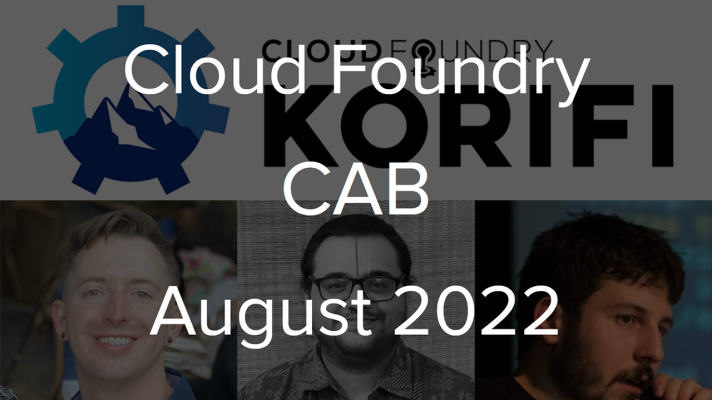What Changes a Company Needs to Adopt Cloud Foundry?

Many attempts to adopt Cloud Foundry will fail
Altoros CEO Renat Khasanshyn took a look at the big picture of Cloud Foundry during a 45-minute livecast on November 24, outlining why companies need an overall vision before embarking on a journey with the open-source PaaS.
“First of all, you have to decide why you are here,” he said. He encouraged the webinar’s attendees to look at the big picture first, quoting Gartner’s Steve Prentice as follows: “Your major competitor in 10 years—if you survive that long—probably does not exist today.”
He cited many of CF’s touted advantages, such as getting apps to users quickly, lowered TCO, and validation of new business models. But he said that although such end-goals might accrue from a CF project, it’s naive to go into a project without seeing the big picture and focusing on some other key development and operational details.
He said many attempts to take advantage of Cloud Foundry will fail, noting that “the success rate for IT projects hasn’t improved much in 20 years.”

Keys to success
He outlined a series of expectations that an organization must have to leverage its people and CF into a successful project:
- Accelerated organizational agility. A typical goal would be to reduce the time and cost to develop an app, from months to weeks.
- Creating a DevOps culture. A typical goal would be to reduce the number of manual steps to deploy from, say 40 every month to just a few every couple of weeks.
- Security and compliance for app runtime, at scale. A typical goal would be to make services available to groups in the deep corners of the enterprise, securely, and get provisioning times down from a couple of days to a few minutes.
- Recoverability. “Because everybody deserves to sleep at night,” noted Renat. The universal goal here is to utilize cloud resources to recover in a minute or less, while addressing offending issues the next day rather than in the middle of the night.
People need the proper training to accomplish these goals, whether in development, operations, or the architect level, Renat stressed. Within that context, he emphasized the absolute importance of becoming familiar with 12-factor apps and how to design and deploy them.
Their criticality stems from the nature of developing modern apps and services for the Web. Intrinsic to this world, which typically involves many teams that can be widely dispersed, is to declare what the program should do rather than describe how it will do it.
It’s a fundamental rethink of traditional software development discipline, and is imperative to achieve the speed and agility expected of cloud-based deployment.
An overview of 12-factor apps can be found here.
Nice use case: 18F (GSA)
He provided some use-case examples, including a great one involving a small agency within the sprawling General Services Administration (GSA) of the US federal government.
Based in San Francisco (not Washington DC), the 18F agency is tasked with creating an environment to create apps and services for separate organizations within a large government agency while reducing app deployment time from months to days. The agency has learned that a common architecture is critical, 12-factor apps essential, and clear documentation is an ironclad requirement.

Throughout the livecast, Renat noted that the use of Cloud Foundry is a powerful way to deliver the expectations that come with modern apps and services, but that few organizations are equipped on their own to leverage all of its capabilities and advantages.
He urged attendees to download an Architect’s Guide to Cloud Foundry to find out what it takes to implement the PaaS within an enterprise.
You can watch the full replay of the livecast here.








